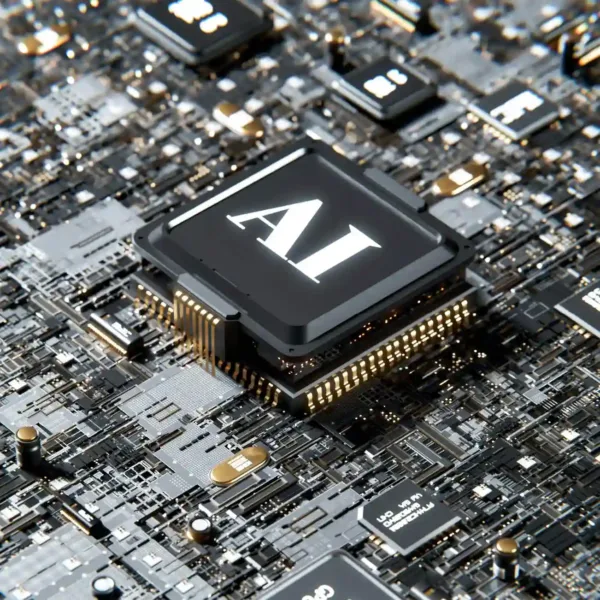
An article by Dronelife.com shares:
The advent of artificial intelligence (AI) in drone technology is being heralded as a transformative milestone, akin to the “Internet Moment” for personal computers. Just as the internet revolutionized how computers were used, AI is redefining the capabilities and applications of drones across both commercial and military sectors. By enabling drones to operate autonomously, process vast amounts of data in real time, and make decisions with minimal human intervention, AI is unlocking new possibilities that could fundamentally reshape industries and defense strategies.
In the commercial sector, AI is expanding drone capabilities far beyond their original uses in photography or basic surveillance. Autonomous navigation has become one of the most significant advancements. Using sophisticated algorithms that map surroundings and avoid obstacles, drones can now operate independently over long distances. This capability is vital for Beyond Visual Line of Sight (BVLOS) operations, which are increasingly used for delivery services, infrastructure inspections, and disaster response. BVLOS operations enable drones to cover greater areas efficiently without requiring direct oversight from operators.
Real-time data processing is another area where AI is driving change. Equipped with advanced sensors such as cameras, LiDAR systems, radar, and infrared detectors, drones can analyze data instantly during flight. This capability has proven transformative in industries like precision agriculture—where drones monitor crop health and optimize resource usage—and emergency response, where they help locate survivors in disaster zones. Infrastructure inspection has also benefited; drones can detect structural weaknesses in bridges or pipelines before they fail, saving costs and improving safety.
AI-powered predictive maintenance systems for the drones themselves further enhance reliability by monitoring drone components and predicting failures before they occur. This proactive approach reduces downtime and maximizes operational efficiency for businesses relying on drones.
Swarm technology represents another breakthrough enabled by AI. This innovation allows multiple drones to work collaboratively on tasks such as large-scale mapping or search-and-rescue missions. By coordinating their movements autonomously, swarms can complete complex operations faster and more efficiently than individual units.
Soaring to new heights, together.
Be sure to visit the BWU Technology Partnerships Initiative website to learn more about how our NEOFIX program drives economic growth, promotes policy and infrastructure to improve drone safety and efficiency in various industries, and ensures that drone technology is being used responsibly.

